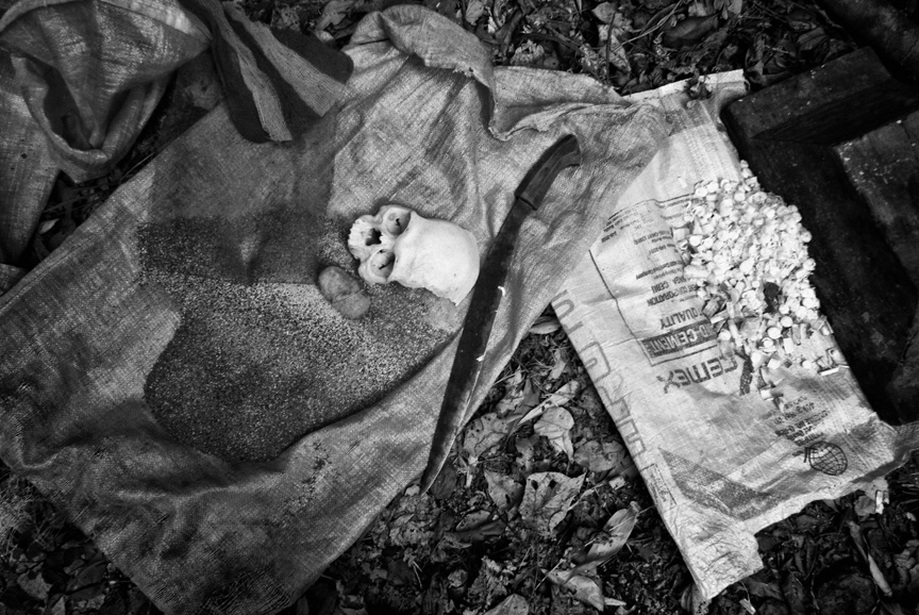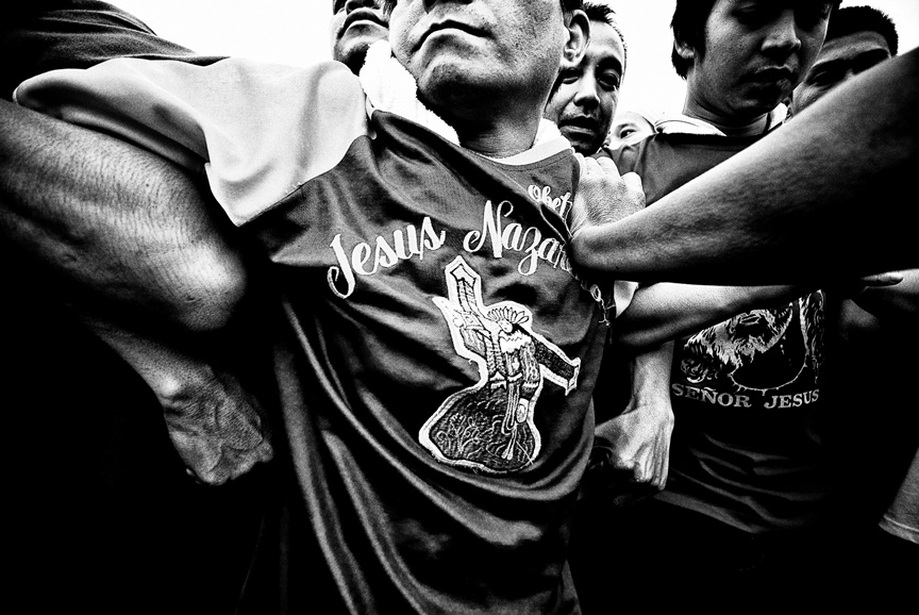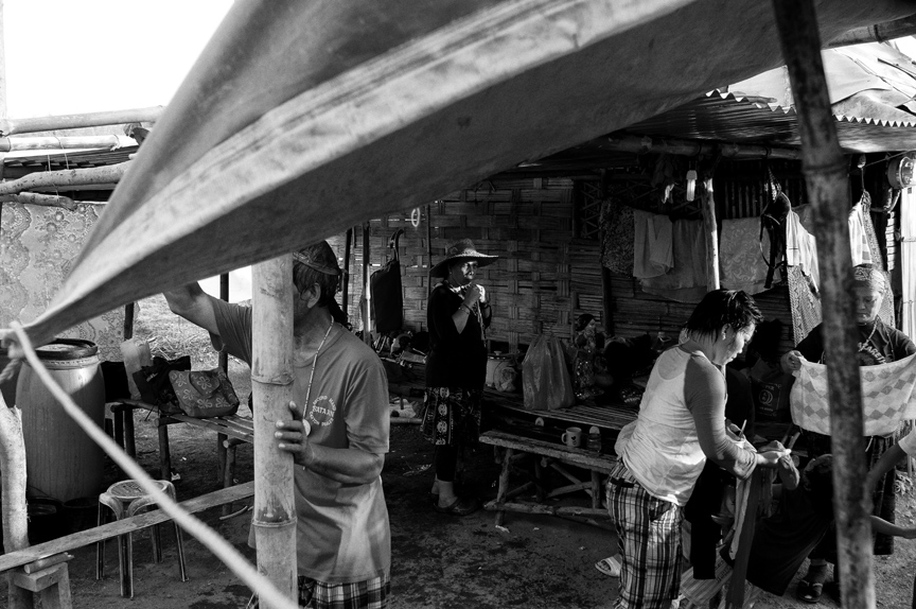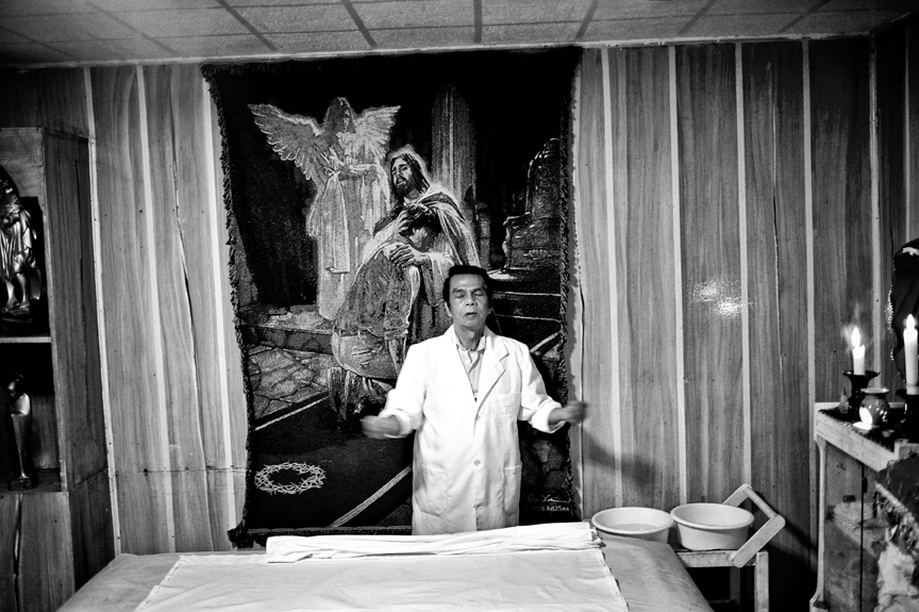BARRIO SAGRADO
A spiritual history on the resistance from colonialization
Written by Raya Martin and Veejay Villafranca
The Philippines has the largest population of Roman Catholics in Asia since the introduction of Christianity by Spanish colonists in the early 16th century. By the year 2000, there was an estimated 45,000 religious sects registered as church congregations throughout the country. Filipinos have always strongly engaged their spirituality with political resistance, and the establishment of a sovereign archipelagic country in Southeast Asia is associated with the spiritual beliefs of its culturally diverse population.
The history of the Philippines was built on a history of migration. Pre-colonial settlers dealt with maritime groups, and kingdoms married into each other across islands. The widely-recognzed introduction to the country’s long history of resistance is often attributed to the heroism of Lapu-Lapu, who led the battle against the armada of Ferdinand Magellan in the central region of the Philippines. Lapu-Lapu’s identity is still not clearly established: he was believed to be a Tausug, the seafaring ethnic group that resides mostly in the southern part of the country. The early Tausugs were com monly associated with piracy and ancient practice of sorcery.
By converting the natives into Christianity, the Spaniards were able to take control of the vast network of an archipelago, which comprised of more than 7,000 islands, for more than 300 years. Throughout the centuries, hundreds of ethno-linguistic tribes practiced their own distinct indigenous beliefs, from cosmic philosophy to worshipping deities to shamanism. The arrival of a Western religion like Catholicism and the efficacy of colonial policies forced the different local tribes to appropriate foreign culture for survival.
The intermarriage of indigenous mysticism and folk Catholicism reached its peak by the end of the 19th century, when Jose Rizal became the most popular image of a national hero and inspired countless grassroots movements around the country. The most famous movement of the Philippine revolution is the “Katipunan” (literally to mean a society), a secret organization who had masonic ties and practices in its organization. Partially funded by the Japanese Emperor Meiji, its members were recruited from all over the country, and practiced nationalist ideologies by way of occult sciences, magic, and other esoteric practices. After the public execution of Rizal, many took on his image as a spiritual guide. Today, the Rizalistas follow a divination of Rizal in different churches in both cities and far-flung provinces.
The concept of Power is a fundamental tenet of both politics and spirituality. It has allowed society to possess land, influence systems of thinking, or even practice sovereignty in emerging states. In modern Philippines, politicians have been transformed into demigods and voters are controlled through the organization of religious practices. The same ideology is upheld in overthrowing a dictator: “bloodless revolutions” are conducted through rosaries and prayers.
Being born and raised in devout Catholic families, this project is a meditative narration of the intersecting complexities of western and indigenous culture superseding a new idea of modernity. Much as the religious idea of “faith” is an invisible system of a community’s utopic ideals, it has also become the Fiipino culture’s basis for its own virtual civilization across and throughout land.
The documentation of spiritual practices throughout Philippine history is also the documentation of an alternative history of Filipino struggle and resistance that challenges the Western narrative most of us are only familiar with. It is through the physicalization of the different overlaps of our religious values throughout time that we would be able to understand the circumstances of our own political structures and practices we end up having today.
////



